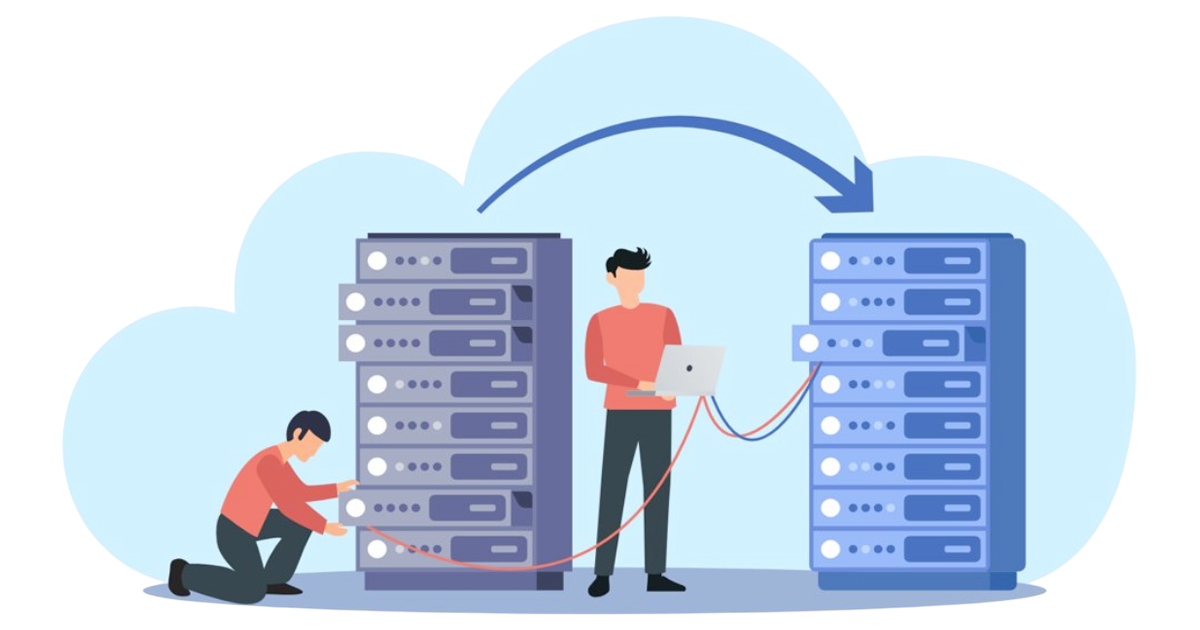UAT e il test di accettazione
-
Valeria Pasinelli
- 27 Jun, 2023
- 04 Mins read

Per garantire la qualità del prodotto che stiamo testando, utilizziamo anche il Test User Acceptance (UAT) durante le fasi di sviluppo. Il Test UAT rientra nella categoria dei test di accettazione ed è eseguito dagli utenti finali per verificare l'aderenza ai requisiti e alle aspettative dell'applicazione. Questo tipo di test fornisce un feedback diretto e identifica eventuali problemi prima del rilascio ufficiale.
Cos'è il Test User Acceptance (UAT)? Il Test UAT è un processo in cui gli utenti finali o i loro rappresentanti testano l'applicazione per valutarne la funzionalità, l'usabilità e l'adattabilità. Questo test viene eseguito in un ambiente simile a quello di produzione e ha lo scopo di soddisfare le esigenze degli utenti finali. Il feedback dei tester è fondamentale per migliorare l'applicazione prima del rilascio.
Nel Test UAT, è importante coinvolgere gli utenti finali o i loro rappresentanti perché hanno una conoscenza approfondita delle esigenze aziendali. Possono identificare difetti, discrepanze o funzionalità mancanti, contribuendo così a migliorare l'esperienza utente complessiva.
Passi per eseguire il Test UAT: 1.Comprendere i requisiti funzionali: Una buona comunicazione con gli stakeholder è essenziale per comprendere appieno i requisiti che andranno testati. 2*.Definire gli scenari di test*: Identificare le situazioni che gli utenti finali incontreranno durante l'utilizzo dell'applicazione e definire gli scenari di test corrispondenti. 3*.Creare test case dettagliati:* Descrivere in dettaglio i passaggi da eseguire per ogni scenario di test, utilizzando un linguaggio chiaro e conciso. 4*.Riproducibilità dei test:* Assicurarsi che i test UAT possano essere eseguiti più volte con gli stessi risultati. Fornire dettagli su come riprodurre l'ambiente di test. 5.Verificare i risultati attesi: Confrontare i risultati ottenuti durante il test con quelli attesi. Documentare eventuali difetti o discrepanze per una correzione successiva.
Il Test UAT favorisce la collaborazione tra gli sviluppatori e gli utenti finali, permettendo di ottenere un feedback diretto sugli aspetti che necessitano di miglioramento. Questo processo aiuta a creare un prodotto finale che soddisfi le aspettative degli utenti e migliora la qualità del software.
In conclusione, il Test User Acceptance (UAT) rappresenta un'opportunità per gli utenti finali di valutare l'applicazione e fornire un feedback diretto. Grazie al coinvolgimento degli utenti nel processo di test, gli sviluppatori possono apportare le modifiche necessarie per garantire che il software soddisfi le esigenze degli utenti e offra un'esperienza utente di qualità. Il Test UAT è una tappa cruciale per il successo e la soddisfazione degli utenti finali nel percorso di sviluppo del software.
English
To ensure the quality of the product we are testing, in addition to performance and functional testing during the development phase, we also employ User Acceptance Testing (UAT). UAT falls under the category of acceptance testing, where end users test the application in its entirety to verify its adherence to requirements and expectations. This type of testing provides direct feedback from users and helps identify any issues prior to the official release.
Let's start by explaining what User Acceptance Testing (UAT) is**. UAT is a process in which end users or user representatives test the application or system to determine if it meets functional requirements, expectations, and operational needs**. This test is performed in an environment similar to production and aims to evaluate the usability, functionality, and adaptability of the software from the users' perspective. UAT is crucial in ensuring that the developed software meets the needs of the end users. While developers may have an internal understanding of the application, it is the users who will actually utilize it in practice. UAT allows users to validate the application and provide essential feedback for improvement or necessary corrections prior to release.
In UAT, it is important to involve end users or user representatives as it ensures that testers have a comprehensive understanding of business needs and processes. End users can identify any defects, discrepancies, or missing functionalities in relation to expectations, thus contributing to an overall improved application experience.
To conduct UAT, a thorough* understanding of the functional requirements* that will be tested is crucial (which is easier with effective communication with stakeholders). The next step involves defining test scenarios, which encompass situations that end users will encounter during application usage, from which detailed test cases are derived. It is essential for all UAT tests to be repeatable, producing the same results. The final phase involves verifying that the test results align with the previously hypothesized outcomes. This helps identify areas of the software that may not be functioning correctly or require improvements to meet user needs. End users can perform specific actions, input real data, and verify if the results align with their expectations.
UAT fosters collaboration between developers and end users. Developers can obtain direct feedback from users, gain a better understanding of their needs, and make appropriate modifications. This process aids in creating a final product that meets user expectations and enhances the overall software quality.
In conclusion, User Acceptance Testing (UAT) provides a unique opportunity for end users to evaluate the application and provide direct feedback. Through user involvement in the testing process, developers can make necessary changes to ensure that the software meets user needs and delivers a quality user experience. UAT is a crucial step towards successful software development that satisfies end users.







